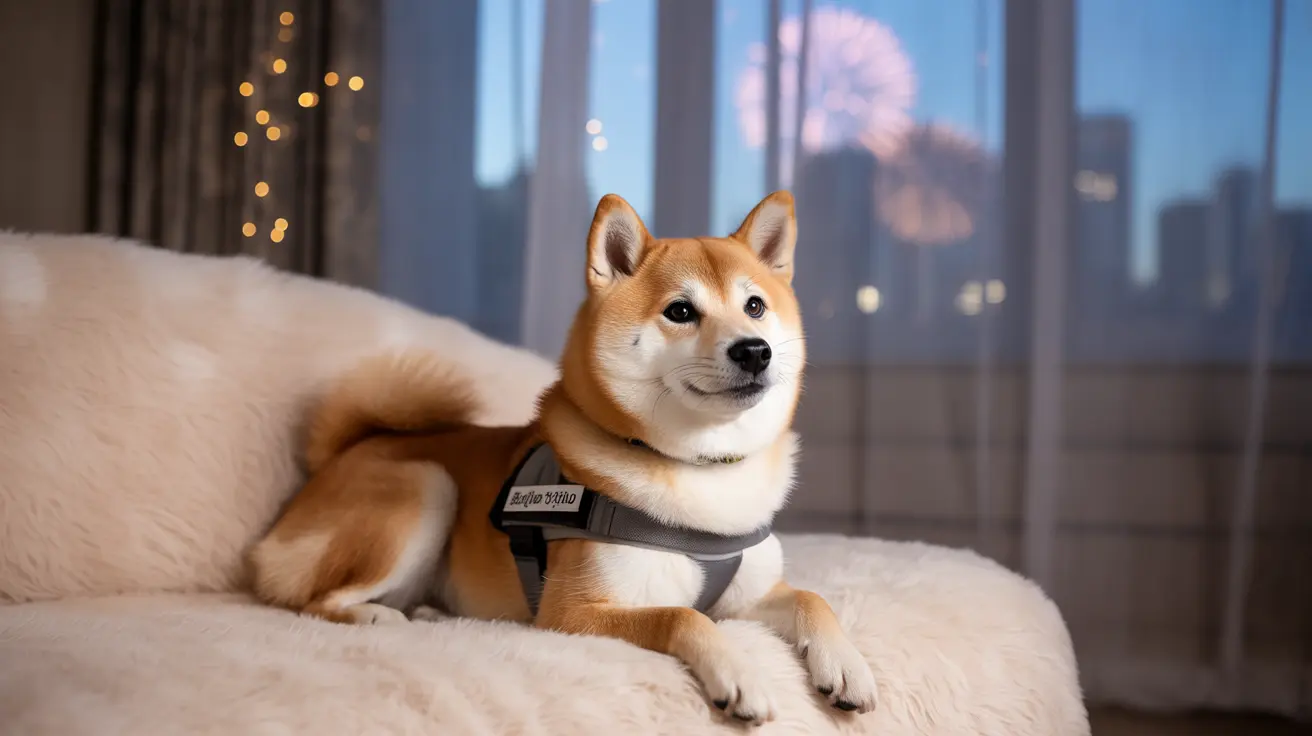Should You Stare Back at Your Dog? Understanding Canine Communication
Dogs communicate in ways vastly different from humans. One of the most significant forms of communication in the canine world is eye contact. While humans often use direct eye contact to convey trust, affection, or confidence, **dogs interpret prolonged stares differently**. Understanding this behavioral difference is essential for any dog owner who wants to build a strong, trusting relationship with their furry companion.
Why Eye Contact Matters in the Animal Kingdom
In the animal world, especially among pack animals like dogs, **direct staring is often a sign of dominance or aggression**. When dogs stare at each other, it can be a form of challenge or a way to establish who’s in charge. This doesn’t mean that every look your dog gives is aggressive, but context and body language surrounding the stare matter.
How Dogs Interpret Human Stares
- Dominance or threat: An intense, prolonged stare can be seen by your dog as you trying to assert dominance.
- Cues from context: If you're smiling and relaxed, your dog may interpret it less threateningly. But tension in your body or face can escalate anxiety.
- Previous experiences: Dogs with past trauma or poor socialization might react negatively to direct gazes.
When Is Eye Contact With Your Dog Appropriate?
Training sessions are perhaps the best time to engage in eye contact with your dog. Many obedience training techniques use eye contact to help reinforce the bond between pet and owner.
- Use short, **soft gazes** during training.
- Pair eye contact with **positive reinforcement** like treats or praise.
- Gradually build **mutual trust**, especially with shy or anxious dogs.
Signs Your Dog May Be Uncomfortable
Dogs will often show signs of discomfort when they're being stared at. These signs can include:
- Licking their lips
- Turning their head or body away
- Whining or growling
- Yawning or showing the whites of their eyes (whale eye)
Observing your dog’s **body language** is critical. If your dog shows any of these behaviors, it’s best to avert your eyes and give them space.
How to Look at Your Dog Without Causing Stress
If you want to look at your dog to show affection or simply because they’re adorable, there are ways to do so that are less intimidating for them:
- Use **soft eyes**, which means relaxed facial muscles and gentle eye contact.
- Blink slowly and glance away occasionally to break the intensity.
- Speak in a calm, reassuring tone while doing so.
Bonding Through Visual Connection Without the Stare
Eye contact can be an essential part of bonding, but it must be managed appropriately. Here’s how to make visual interactions with your dog positive:
- Respond to them first: Let your dog initiate eye contact and respond gently when they do.
- Use it during positive contexts: During petting, play, or treat sessions, make light eye contact paired with smiles or calm voices.
- Reward relaxation: If your dog stays calm while making eye contact, reward them to reinforce the behavior.
Special Considerations by Breed and Personality
Breed tendencies can play a role in how dogs react to eye contact. For example:
- Herding breeds like Border Collies may be more comfortable with eye contact as it’s used in their natural behavior.
- Guard breeds or naturally shy breeds may be more sensitive to direct gazes.
- Individual personality also plays a big part – some dogs are simply more confident or social than others.
Conclusion: Read the Situation
In the end, the answer to whether it’s OK to stare at your dog is nuanced. **Context, your relationship with the dog, and their body language** all determine whether it’s appropriate. While it's tempting to lock eyes with your beloved pet, it's best to use eye contact thoughtfully and gently, especially if you're still building trust or working with a rescue dog.
By understanding how dogs perceive eye contact, you can better communicate with them and cultivate a deeper, more mindful bond rooted in mutual understanding and respect.





